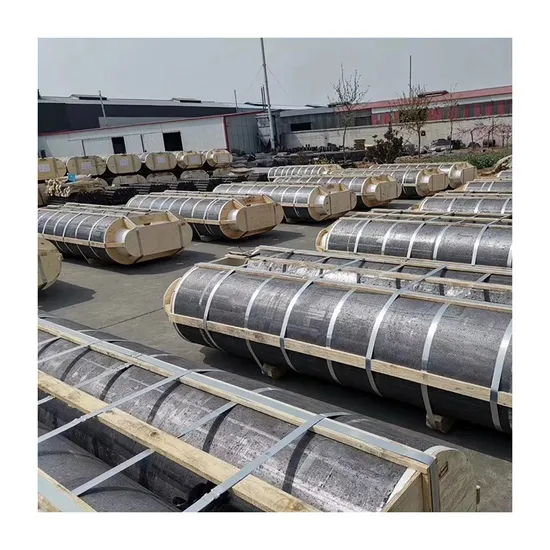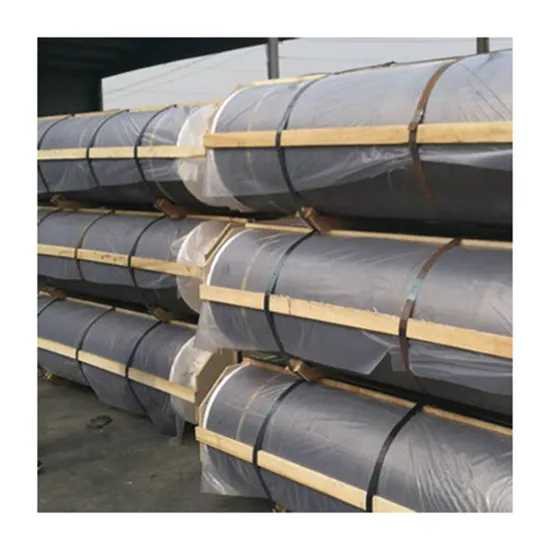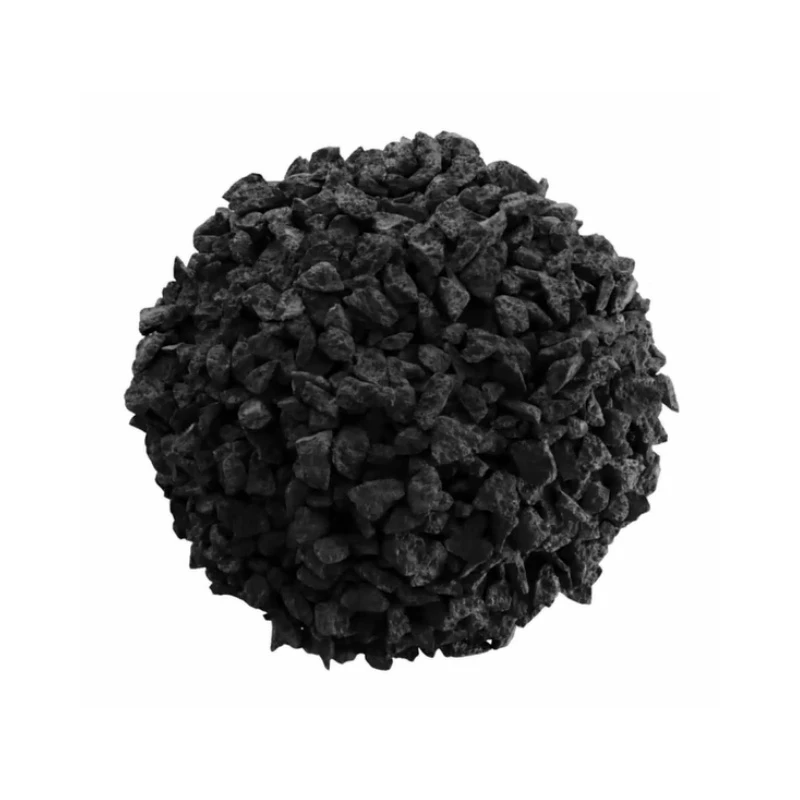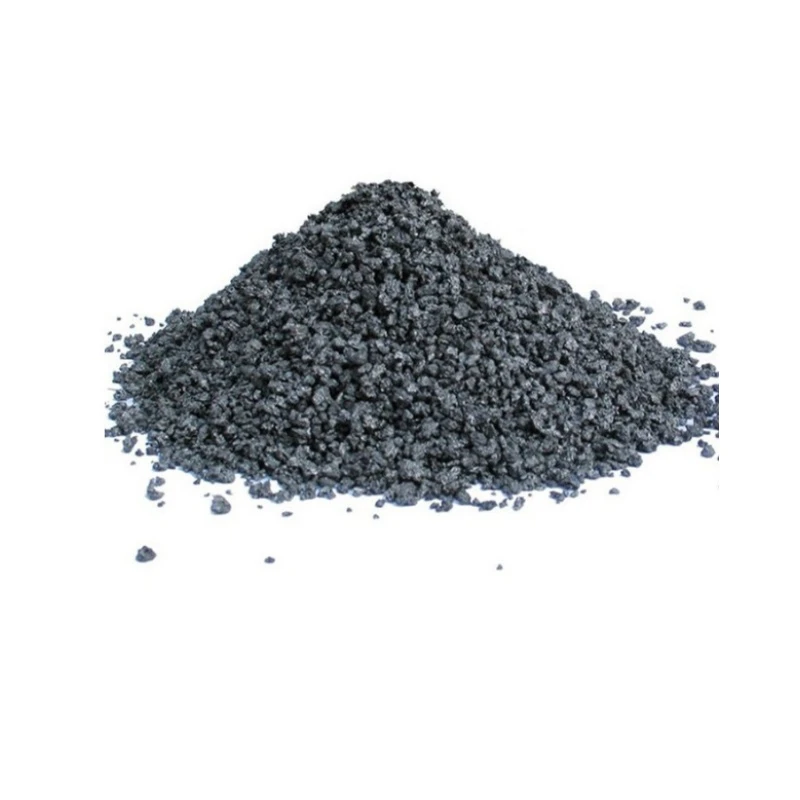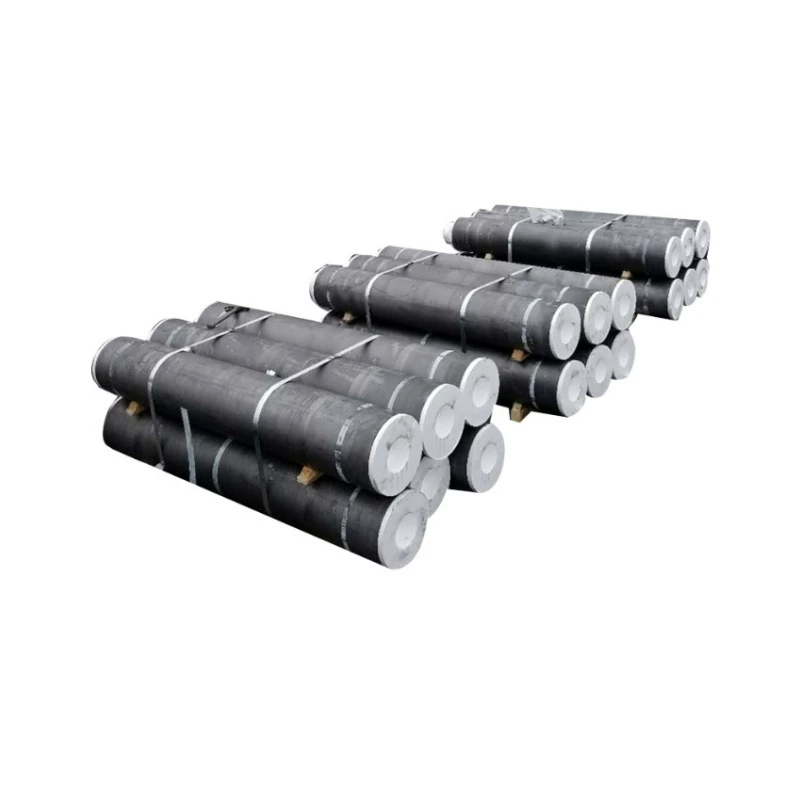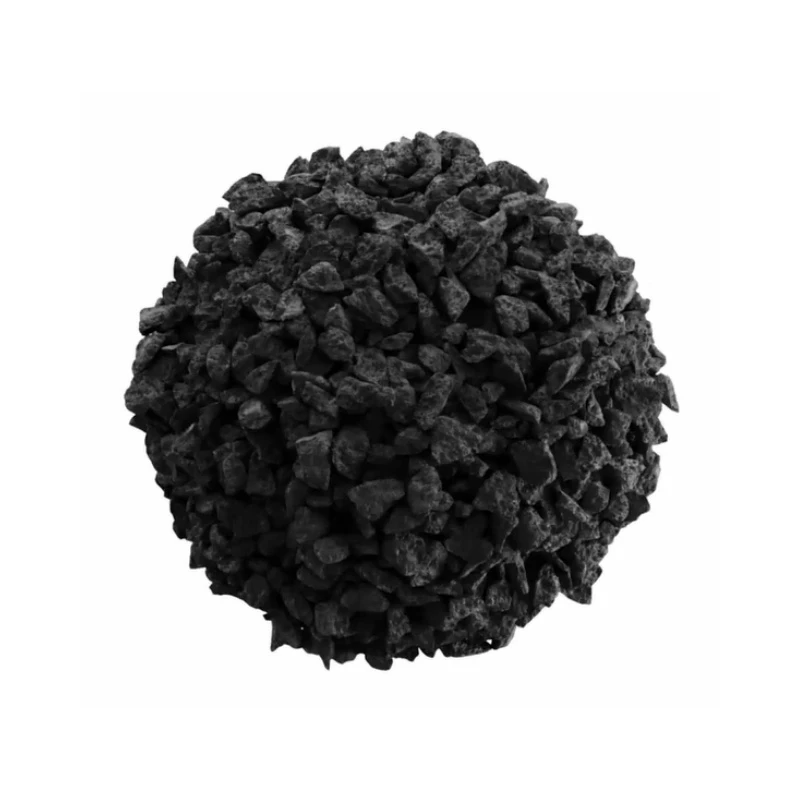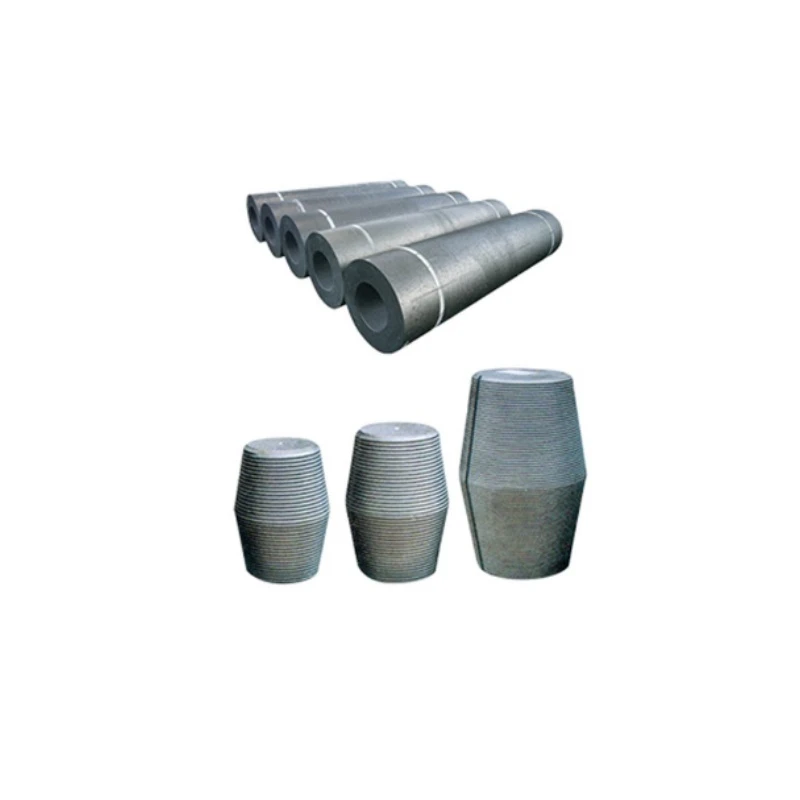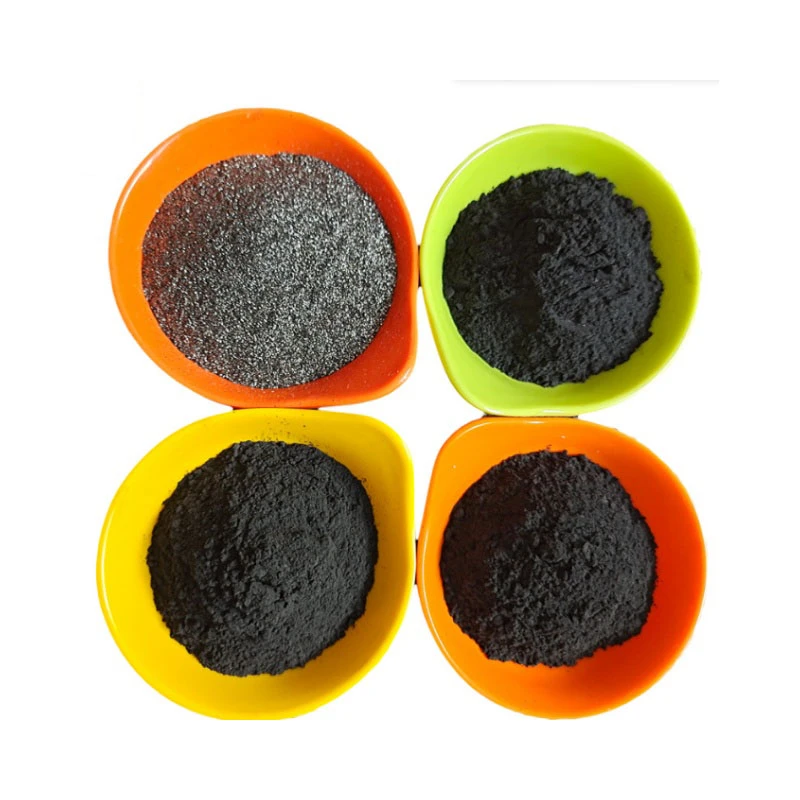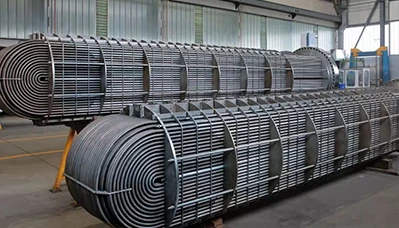- Englist


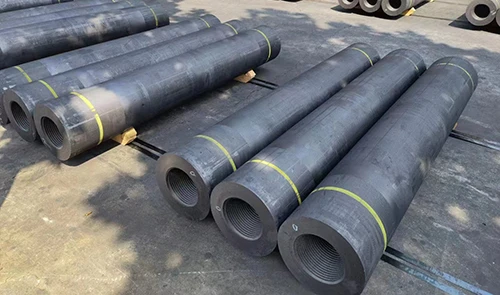
- Industry Insights: Graphite Plates in Modern Applications
- Technical Advantages Over Traditional Materials
- Supplier Comparison: Key Metrics and Certifications
- Tailored Solutions for Electrolysis and Beyond
- Case Studies: Efficiency Gains in Industrial Settings
- Quality Assurance Protocols
- Why Partner with Specialized Graphite Plates Suppliers

(graphite plates)
Graphite Plates Powering Industrial Innovation
The global graphite plates
market is projected to grow at a 6.8% CAGR through 2030, driven by their critical role in electrolysis systems and energy storage. These components withstand extreme temperatures (up to 3,000°C in inert environments) while maintaining 98.5% electrical conductivity, making them indispensable for:
- Hydrogen production PEM electrolyzers
- Fuel cell bipolar plates
- Semiconductor manufacturing chambers
Technical Superiority in Demanding Environments
Compared to metallic alternatives, graphite plates demonstrate:
| Parameter | Graphite | Stainless Steel | Titanium |
|---|---|---|---|
| Corrosion Resistance | Grade 1 | Grade 3 | Grade 2 |
| Thermal Conductivity (W/m·K) | 120-165 | 15-20 | 7-12 |
| Service Life (Years) | 8-12 | 3-5 | 5-7 |
Leading Suppliers: Performance Benchmarking
Data from 2023 industrial surveys reveal critical differentiators:
| Supplier | Density (g/cm³) | Compressive Strength (MPa) | Electrolysis Applications |
|---|---|---|---|
| Supplier A | 1.85 | 78 | PEM, Alkaline |
| Supplier B | 1.78 | 65 | Chlor-alkali |
| Supplier C | 1.92 | 82 | SOEC, Hydrogen |
Customization for Specific Use Cases
Advanced suppliers now offer:
- Precision-machined flow field patterns (±0.05mm tolerance)
- Hybrid composites with carbon fiber reinforcement
- Surface treatments reducing contact resistance by 40%
A recent project for zinc electrowinning required plates with:
- 1,800 mm x 900 mm dimensions
- 0.5 µm surface roughness
- 99.99% carbon purity
Documented Success in Critical Applications
Case 1: Chemical plant retrofitted 34 electrolysis cells with graphite plates, achieving:
- 19% reduction in energy consumption
- 14-month ROI
- 0.003% annual deformation rate
Material Verification Processes
Top-tier suppliers implement:
- Ultrasonic thickness testing
- Third-party ISO 9001:2015 audits
- Batch traceability via blockchain
Strategic Value of Graphite Plates Suppliers
Specialized suppliers deliver 23% faster lead times versus general industrial providers while maintaining 0.2% defect rates. Their technical expertise proves critical when specifying plates for:
- Next-gen electrolyzer designs
- High-purity chemical processing
- Thermal management systems

(graphite plates)
FAQS on graphite plates
Q: What are the key applications of graphite plates in electrolysis?
A: Graphite plates are widely used in electrolysis for their high conductivity and corrosion resistance. They serve as electrodes in processes like water splitting or chlor-alkali production. Their durability ensures stable performance in harsh chemical environments.
Q: How to choose reliable graphite plates suppliers?
A: Look for suppliers with certifications (e.g., ISO) and industry-specific expertise. Evaluate their material quality, customization options, and delivery timelines. Client reviews and technical support availability are also critical factors.
Q: Why are graphite plates preferred in high-temperature environments?
A: Graphite plates withstand extreme temperatures due to their thermal stability and low thermal expansion. They maintain structural integrity and conductivity under heat, making them ideal for furnaces or fuel cells.
Q: Can graphite plates be used in PEM fuel cells?
A: Yes, graphite plates are used in PEM fuel cells for their electrical conductivity and gas impermeability. They efficiently distribute reactants and manage heat, though composite alternatives are gaining traction for cost reduction.
Q: What maintenance is required for graphite plates in industrial setups?
A: Regular inspection for cracks or surface degradation is essential. Clean plates with non-abrasive methods to avoid damaging conductivity. Proper storage in dry conditions minimizes oxidation risks.





 Pervious
Pervious
 Next
Next
